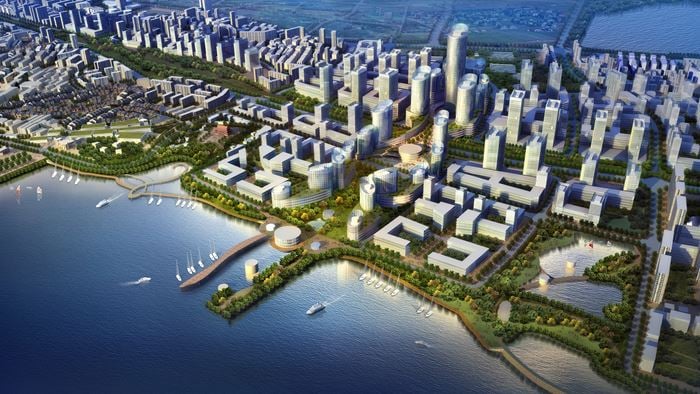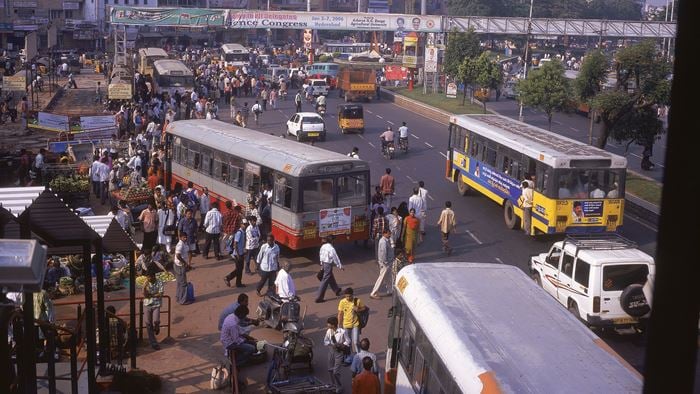Two critical business discussions have loomed larger than almost any other during the pandemic. These are the future of urban life in a world where work from home and hybrid operations becomes the standard for many cities, and the importance of robust supply chains.
Many may regard the two as having very different planning demands; however, they are deeply linked. While we imagine what transformed urban spaces may be in future, we should not forget the essential nature of freight movement in and out of these environments.
A shift in planning perspectives is already underway in Australian cities and towns for how to revitalise business districts and encourage new opportunities for community interaction. These include dynamic urban streets, outdoor dining plazas, bicycle paths and reduced parking. These planning efforts typically fail to consider the needs of freight to meet the demands of businesses, residents, and visitors.
Including last-mile freight logistics in the planning process is critical. As part of wider planning perspectives, freight management delivers complementary insights into the overall needs of every community and precinct. With transparent decision making on how we need freight to flow seamlessly through redesigned spaces, we can maintain the highest standards of safety and accessibility for truly enhanced urban living.
With transparent decision making on how we need freight to flow seamlessly through redesigned spaces, we can maintain the highest standards of safety and accessibility for truly enhanced urban living.
Balancing demand and design
Freight demands have only increased in recent years. Alongside businesses’ need to receive supplies, e-commerce has also increased residential demand for freight. Over the past decade, customer expectations have changed as supply chains have adapted to the ‘on-demand’ revolution, leading to dramatic growth in package deliveries to any typical apartment complex.
Planning for significant land use changes without consideration for freight movement creates scenarios where safety is often compromised. Without the reality of freight needs being a clear inclusion in every planning process, delivery vehicles large and small can be forced to make dangerous parking and routing decisions to meet challenging deadlines – putting pedestrians and cyclists at risk.
We have worked with government bodies in Australia and worldwide to ensure freight is given due consideration in the planning and design of urban spaces. We have expertise in considering the whole transit process – from ports of arrival, through transit corridors, to distribution centres, then out to last-mile delivery. With a broader perspective, governments can use controls to set smarter requirements.
Examples abound from some leading efforts around the world. One is the reuse of car parks for heavy vehicles to unload goods for last-mile delivery via cyclists or pedestrian couriers. Another is cargo bikes to remove vehicle trips from streets and provide more flexible, zero-emissions services. Some commercial precincts are also exploring collective initiatives where businesses combine supply ordering to improve freight efficiency.
We have worked with government bodies in Australia and worldwide to ensure freight is given due consideration in the planning and design of urban spaces.
Consider freight from the start
Addressing freight in the planning process can also explore the closely linked questions of waste management and the circular economy. Many suppliers already practice reverse logistics which could be improved to support recycling, refurbishing and resale of goods.
In a good planning strategy, the freight and logistics demands of any given precinct can be analysed and understood. Freight movements have a great deal of associated data that measures the what, when, where, and how deliveries happen. If made available, planning bodies could tap into this data to make well-informed decisions – we just need to think about freight at the earliest phases of these projects.
Every city has its unique challenges to consider in any transformation initiative. Place-based planning is a powerful opportunity to rethink what our cities can be. Bringing freight planning into the overarching principles of these new urban designs will ensure that the final objectives can truly succeed.
 ;
;






